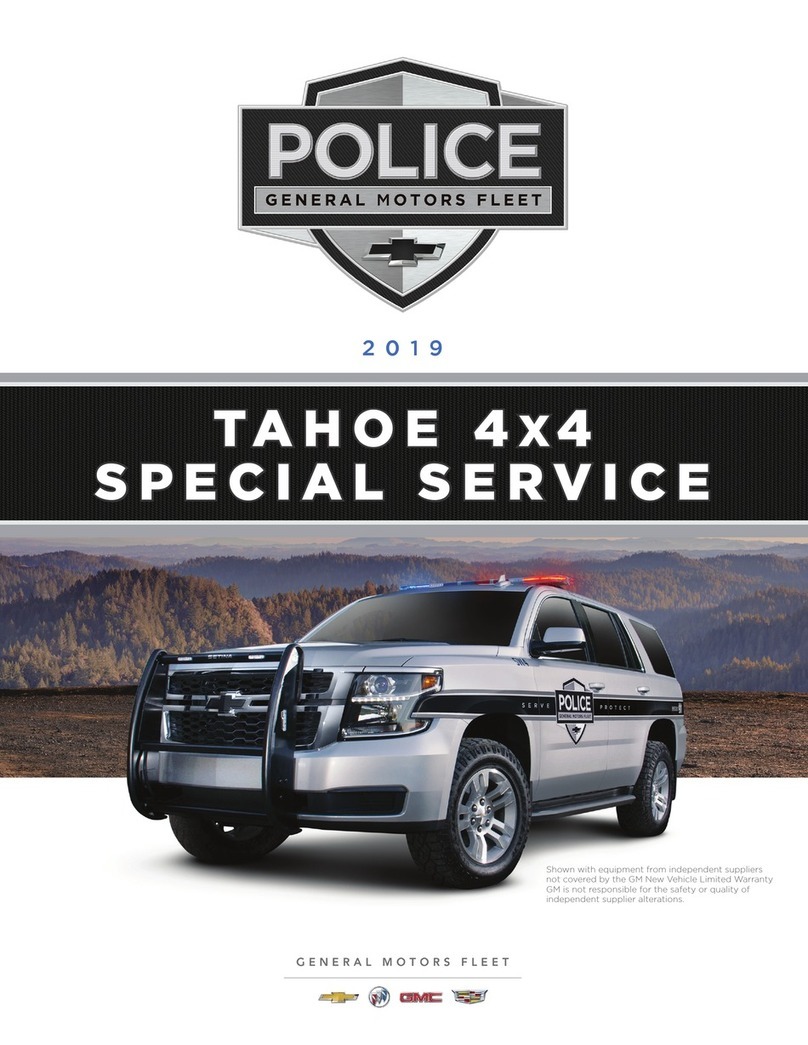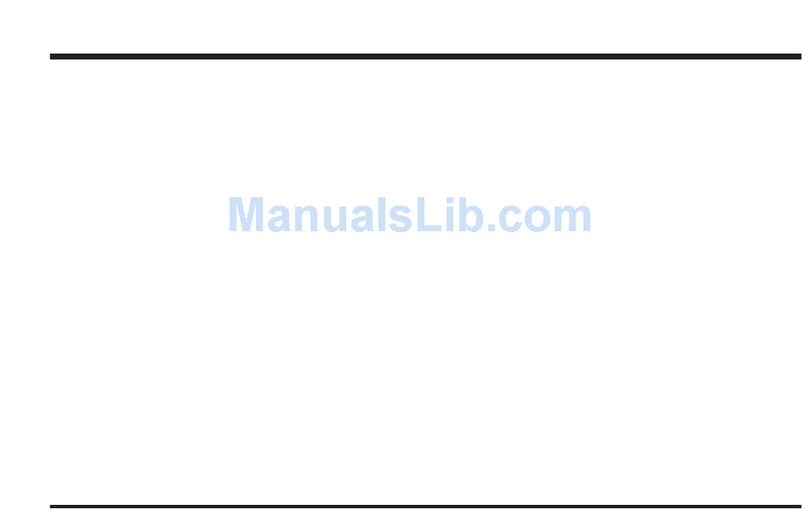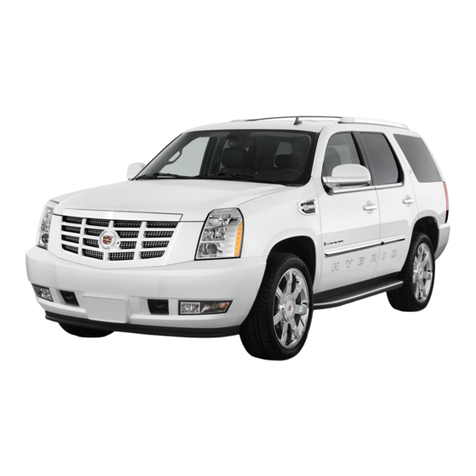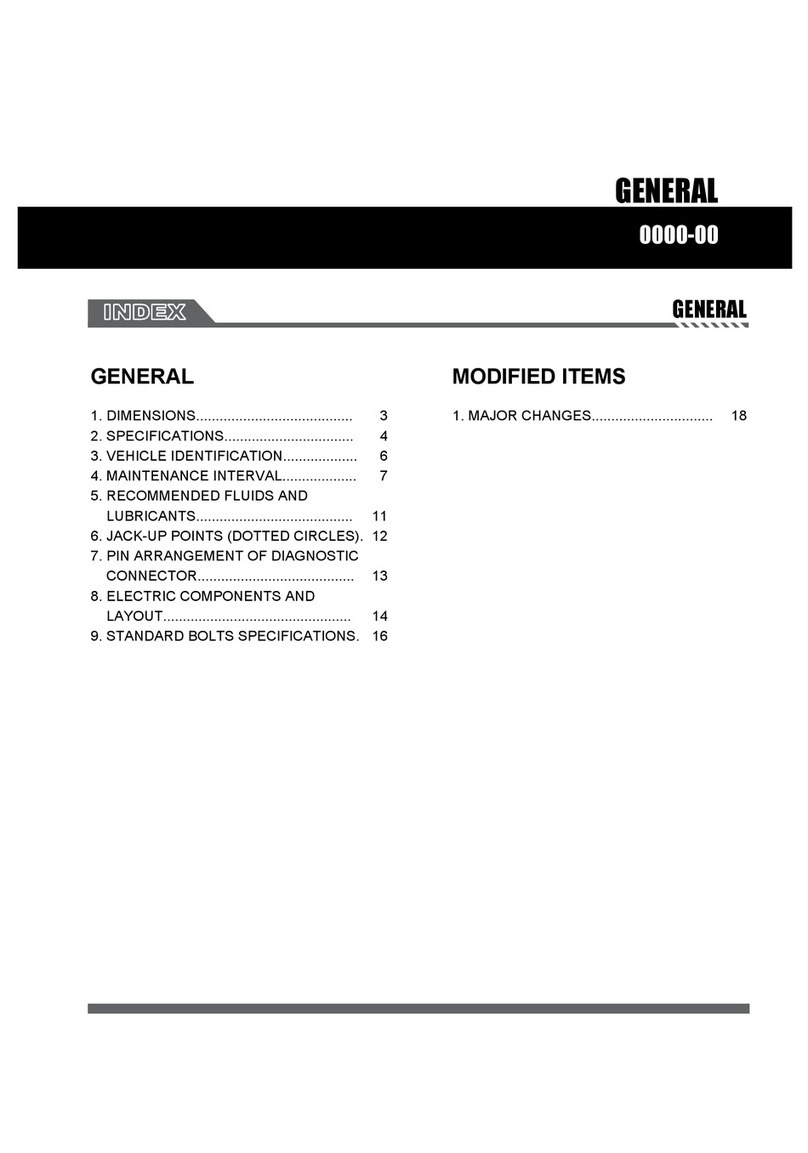GMC 1995 Sonoma User manual
Other GMC Automobile manuals
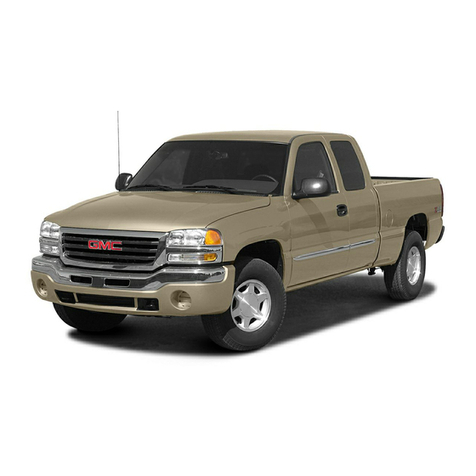
GMC
GMC SIERRA DENALI Parts list manual

GMC
GMC Sierra 2500 HD 2024 User manual

GMC
GMC 2013 GMC Savana User manual
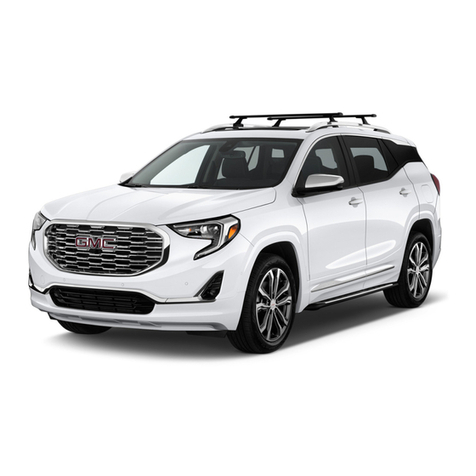
GMC
GMC Terrain 2020 User manual

GMC
GMC SIERRA 1997 User manual
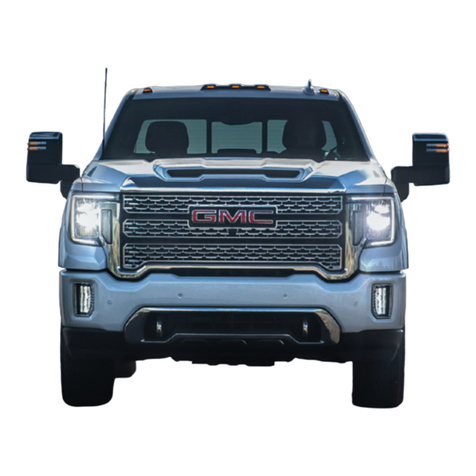
GMC
GMC SIERRA 2500 HEAVY DUTY 2023 User manual
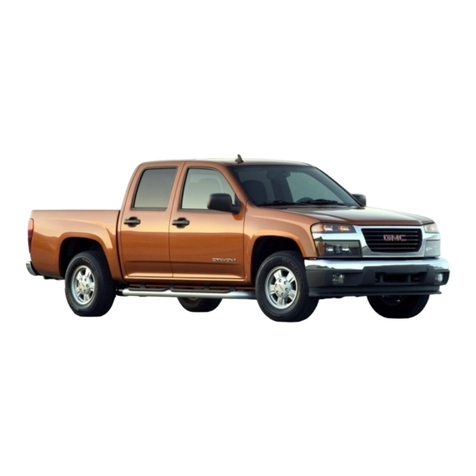
GMC
GMC 2004 Canyon User manual
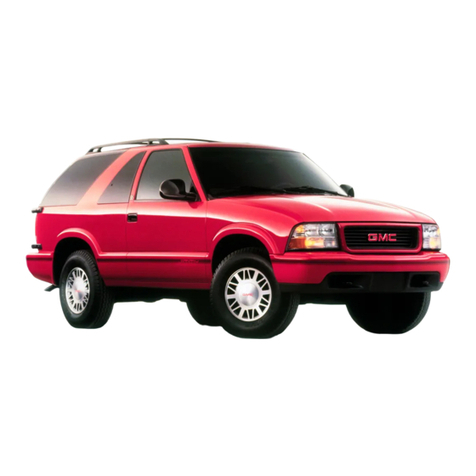
GMC
GMC JIMMY 2002 User manual
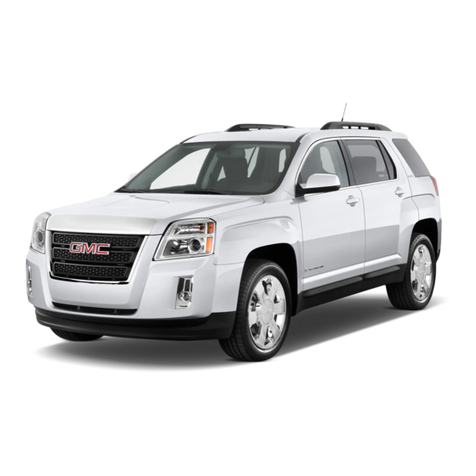
GMC
GMC 2011 Terrain User manual

GMC
GMC 2010 Silverado Hybrid User manual
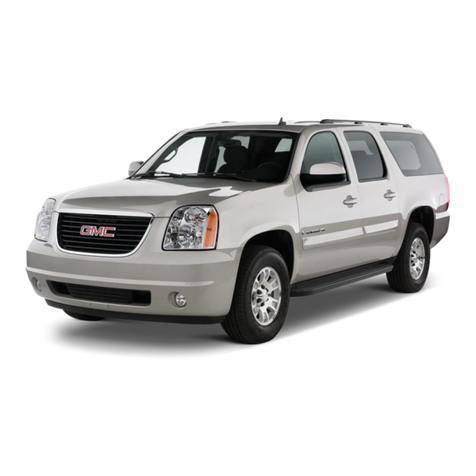
GMC
GMC 2014 Yukon/Yukon XL User manual

GMC
GMC 2014 Acadia Assembly instructions
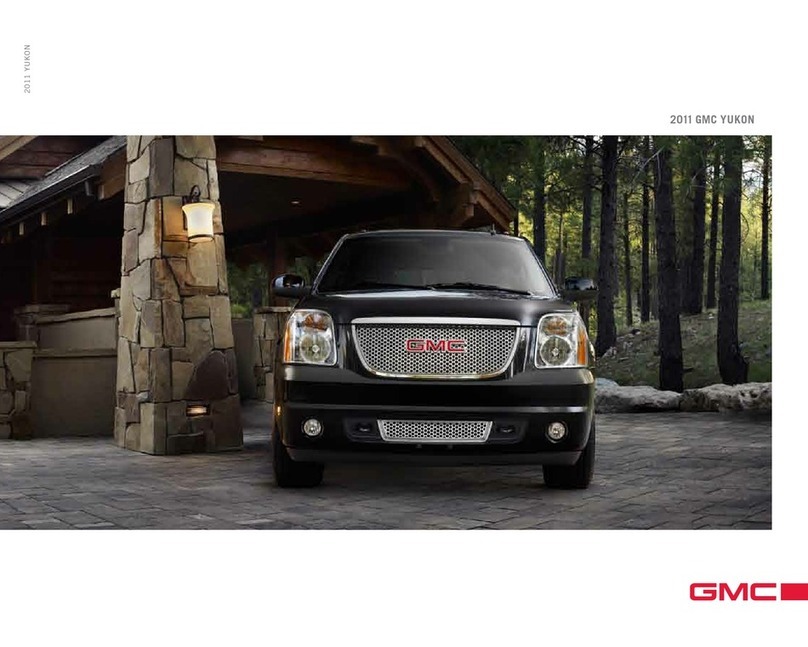
GMC
GMC YUKON - BROCHURE 2011 User manual

GMC
GMC SIERRA - BROCHURE 2011 User manual

GMC
GMC 2011 Yukon Denali User manual
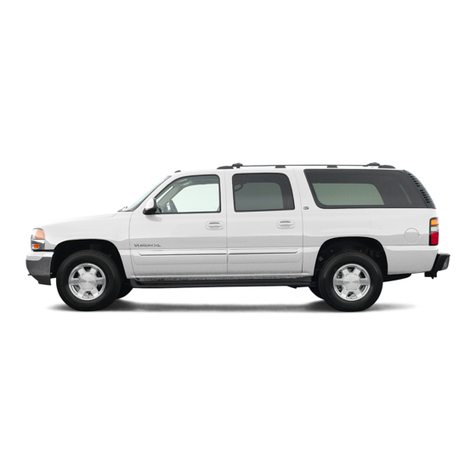
GMC
GMC YUKON XL 2004 User manual
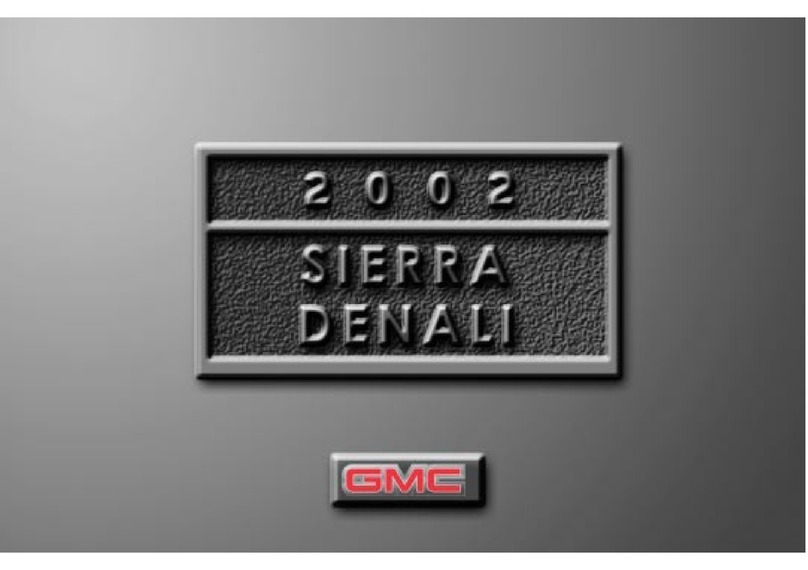
GMC
GMC SIERRA DENALI 2002 User manual

GMC
GMC Envoy 2006 User manual
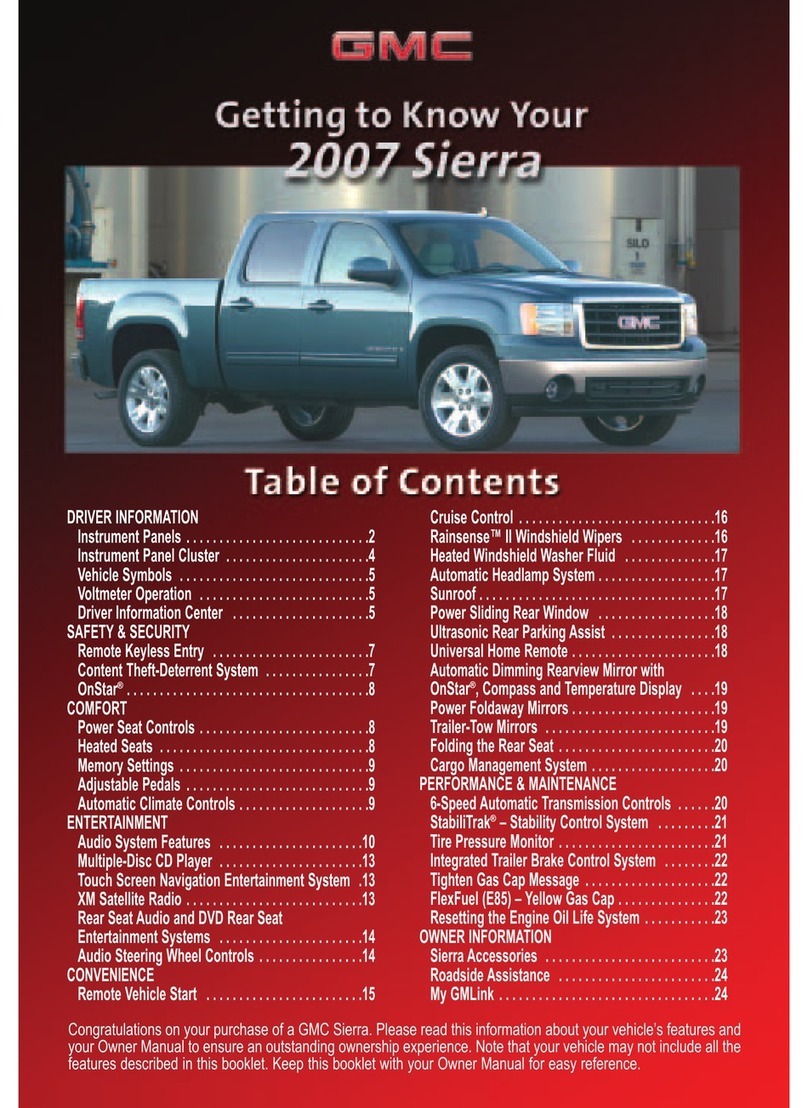
GMC
GMC 2007 Sierra Assembly instructions
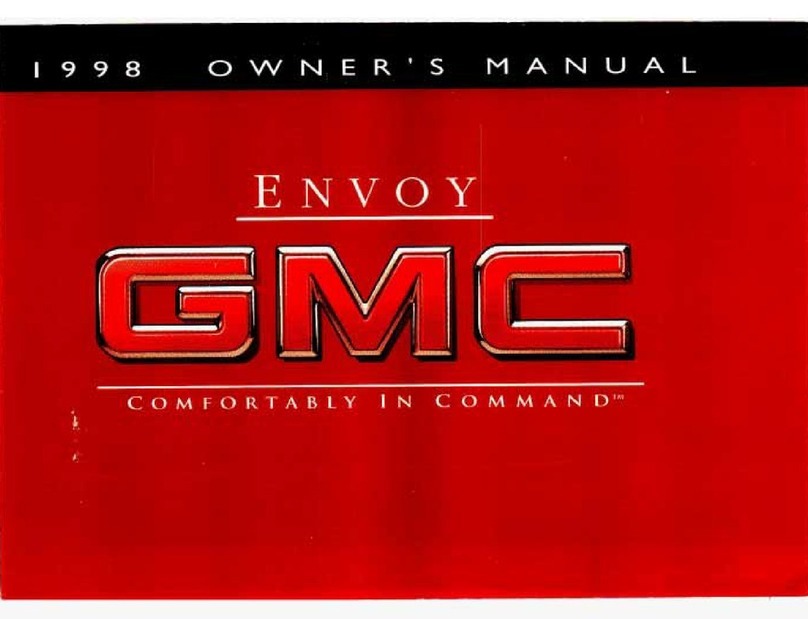
GMC
GMC 1998 Envoy User manual
